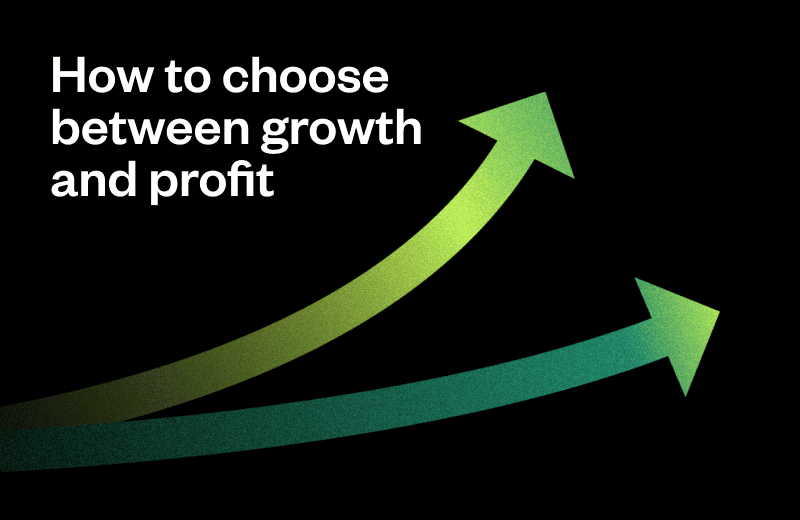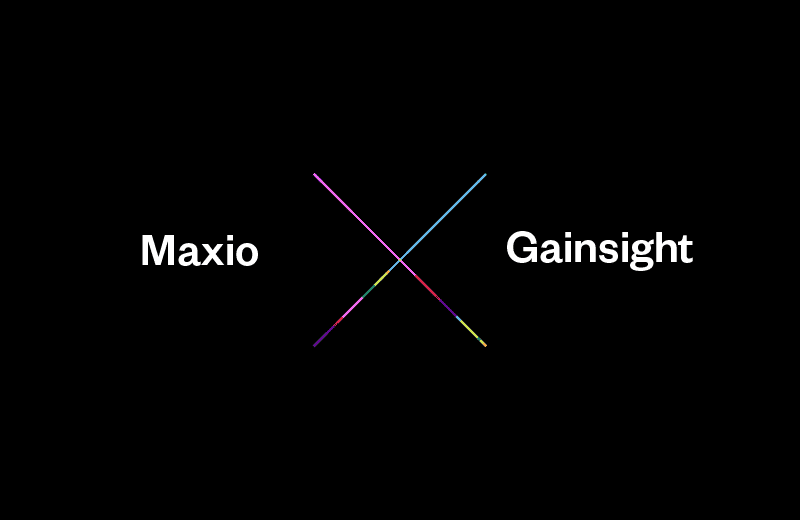This blog post was originally published on 01/08/2020.
Revenue management has always been about predicting customer behavior to maximize revenue by selling the right products to the right markets at the right price. Since its conception in the mid-’70s, companies like British Airways, Marriott Hotels and National Car Rental have thrived by employing tactics such as adjusting prices to fill up inventory (seats and rooms) that would be wasted if they went unused.
However, when considering revenue management for a SaaS company, one quickly comes to realize that SaaS businesses face some unique challenges that simply aren’t an issue for the traditional sectors, like travel and hospitality, in which revenue management continues to be successfully applied. The SaaS market is already so volatile and SaaS products are so inherently complex that price experimentation is often the last thing on a SaaS leader’s docket.
And rightly so. The cold, hard truth is that unless it’s handled properly, revenue management can be a business blocker for SaaS companies. But with the right set of strategies and tools, it could also be the tactic which helps your company reach the tipping point for exponential growth.
The term “revenue management” describes the entire system of setting prices and adjusting them based on supply and demand. However it really is even broader than that. In the end, revenue management unites sales, marketing, customer service, and accounting under the banner of Revenue Operations (RevOps), giving an entire cross-departmental team the tools and analytics they need to maximize a company’s earnings.
In this post, I’ll go into detail below about the seven unique challenges SaaS companies face when it comes to revenue management and offer you the tools that will help you overcome each of them.
The Problem: Why revenue management is a struggle for SaaS companies
1. SaaS products and transactions are highly complex.
SaaS pricing models just aren’t as simple as companies in traditional sectors. Consumption happens regularly at a massive scale, and everything can change overnight as companies test out new pricing packages and roll out new products or features. It can be challenging to scale pricing models as market share grows.
2. Simple plans evolve
You may start out with a simple pricing model when your product is less complex, but as you grow—adding more features and winning bigger customers with more nuanced requirements—your simple pricing model can create complications that make it harder to calculate and predict revenue.
Some common complications include:
- Customizing plans, features and pricing for larger clients
- Adding more complex pricing models into the base rate (e.g., metered or events-based billing)
It’s hard to figure out what revenue you’re earning on various plans and features when each customer is paying a different rate.
3. Endless combinations of “recurring” and “usage” pricing
One of the beautiful aspects of SaaS is the ability to give your customers the option to pay how they want to. However, accommodating those who prefer to pay as they go and those who want to pay a recurring weekly/monthly/yearly rate makes closing the books each month a nightmare.
4. Experimenting with pricing is challenging
With so many different variations of your pricing model already, how are you supposed to test new pricing and accurately gauge the market’s response? It can be done, but it’s too complex for most SaaS company’s current billing systems. That means many resort to manual tracking to understand the impact of new pricing. Not only is manual tracking time consuming, there’s no way you can get the amount of actionable information from manual tracking that you’d get from automated price tracking.
5. Usage-based pricing can complicate things
SaaS companies try to be flexible by including pay-as-you-go pricing options, but their sales team isn’t always excited by this as usage-based pricing can tend to mess things up when it comes to calculating their commissions.
6. Billing can be a roadblock to product releases
Teams sometimes fail to prioritize establishing and/or updating pricing models alongside new features and product releases, which can cause serious (and frustrating) delays. Until you’ve researched your market and customer base to determine the finer details of your pricing model, your hands are tied—allowing competitors to swoop in and steal your market share before you can launch your latest innovations.
7. SaaS companies need more data
SaaS companies can’t make informed decisions without data… a lot of data. Due to the inherent complexity of their product and their market, this data is often abundant and yet hidden or inaccessible. Data around product adoption, customer usage trends, as well as signups and churn metrics, are often spread across multiple systems and not easily accessible for deeper analysis. Most teams simply aren’t equipped with the tools and processing power to gather, analyze, and make use of data at this scale. This holds them back from making the connections they need to generate new theories and test the original pricing models which could be the key to their success.
The Solution: a billing platform built for SaaS
When it comes to revenue management for SaaS, the best solution you can employ is one that fully integrates all the different components of revenue management, from operations to analysis. That’s what Maxio provides for our customers.
Our robust platform was built specifically to help SaaS companies navigate all 7 of these hurdles, seamlessly uniting all elements of revenue management in a single tool. We want our clients to maximize their revenue without spending all their time on their billing. So, we developed our platform to empower SaaS companies to create complex pricing offers without writing a single line of code. Maxio allows you to vary pricing in a variety of ways, creating recurring discounts and by billing as simply (i.e. standard flat rate pricing) or as complexly (i.e. usage- and events-based billing) as you want. It’s all handled within a single system, without the headache.
We’ve also set out to improve interdepartmental relationships (specifically between the various RevOps departments handling revenue generation, retention, and accounting) by empowering each of these teams with the tools they need for success. Check out our native account management dunning strategies, revenue maximization alerts, growth automation activities, compliance and accounting certainty, and tax automation to learn more.
What’s next for SaaS revenue management?
SaaS companies have been on the cutting edge of many innovative business practices, such as Lean UX Design and Agile development, but have historically lagged behind their 20th-century cousins in terms of revenue management. Fortunately, that trend is finally coming to an end. Through platforms like Maxio, these businesses are now fully equipped with the tools required to handle the unique complexities of SaaS revenue management.
The next step is simply to take advantage of those resources, integrate the principles of revenue management which were developed nearly half a century ago, and step into the future to maximize revenues.



